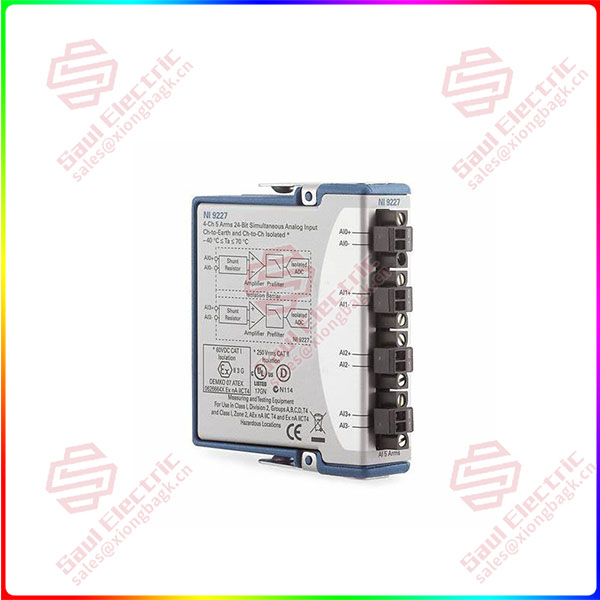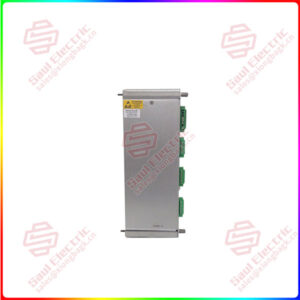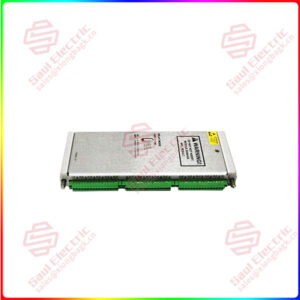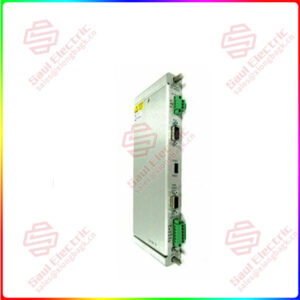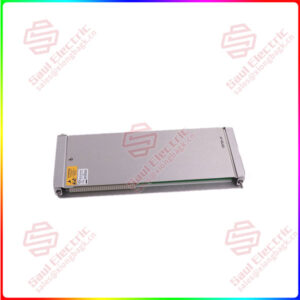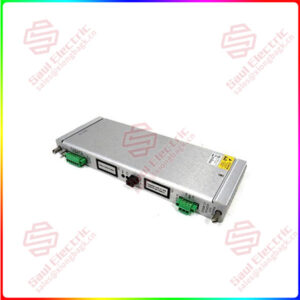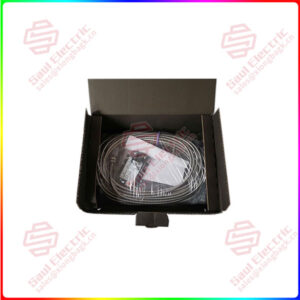Description
Overview
Essential details:NI-9227 Isolated Analog Input Module
lf you need to inquire or purchase ,please send the product models to my email or call medirectly .
sunny He
[Email] sales@xiongbagk.cn
[Mobile] 86-18059884797
[WhatsApp] 86-18059884797
[Skype] sales@saulcontrol.com
NI-9227 Isolated Analog Input Module
The NI 9227 uses a combination of analog and digital filtering to provide an accurate representation of in-band signals while rejecting out-of-band signals. The filters discriminate between signals based on the frequency range, or bandwidth, of the signal.
The three important bandwidths to consider are the passband, the stopband, and the alias-free bandwidth.
The NI 9227 represents signals within the passband, as quantified primarily by passband flatness and phase nonlinearity. All signals that appear in the alias-free bandwidth are either unaliased signals or signals that have been filtered by at least the amount of the stopband rejection.
Passband
The signals within the passband have frequency-dependent gain or attenuation. The small amount of variation in gain with respect to frequency is called the passband flatness. The digital filters of the
NI 9227 adjust the frequency range of the passband to match the data rate. Therefore, the amount of gain or attenuation at a given frequency depends on the data rate. Figure 7 shows typical passband flatness for the NI 9227.
The filter significantly attenuates all signals above the stopband frequency. The primary goal of the filter is to prevent aliasing.
Therefore, the stopband frequency scales precisely with the data rate.
The stopband rejection is the minimum amount of attenuation applied by the filter to all signals with frequencies within the stopband.


 1 Year Warranty
1 Year Warranty
